Filter by category:
Filter by group:
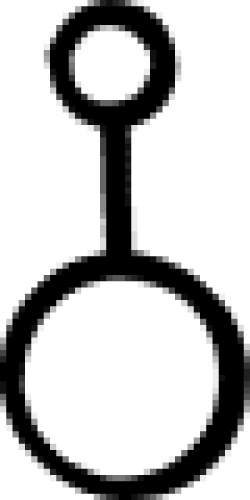 | Nickel (alchemy) A symbol used in alchemy to indicate the metal nickel. |
 | Juice or sap (alchemy) A symbol used in alchemy to indicate juice or sap. |
 | Molten gold (alchemy) The alchemical symbol for something known as "aurum cum caloric", possibly molten gold. |
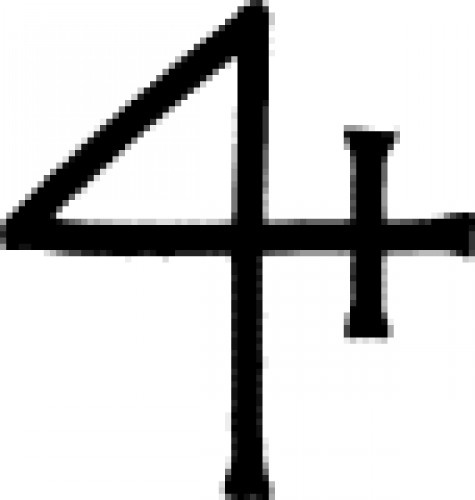 | Borax (alchemy) A symbol used in alchemy and early chemistry to represent borax. |
 | Nitrogen dioxide A symbol used in 18th century chemistry to indicate nitrogen dioxide, or nitrogenous air. |
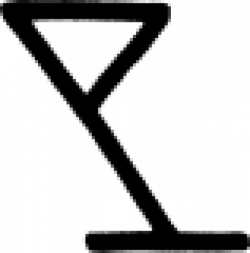 | Crucible (alchemy) Resembling a lopsided martini glass, this symbol was used in alchemy to indicate a crucible or a melting pot. |
 | Crucible (alternate #1) Resembling a sealed envelope, this symbol was used in alchemy to indicate a crucible or a melting pot. |
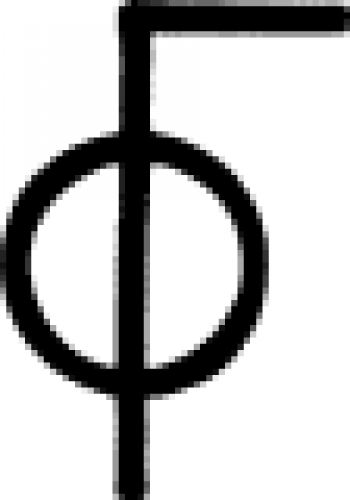 | Go on this way A symbol from the British and Swedish systems of hobo signs that indicates you should continue moving in this direction. |
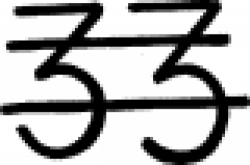 | Cinnabar (Alchemy) A symbol used in alchemy and early chemistry to represent cinnabar. |
 | Magnesia\Magnesium (alternate #1) A symbol used in early chemistry to represent magnesium. |
 | Ammonia (alchemy) A symbol used in 18th century chemistry to indicate ammonia. |
 | Cement (alchemy) A symbol from 17th century chemistry indicating cement or putty. |
 | Natron (alchemy) A symbol from 17th century chemistry used to indicate natron. |
 | White lead (alchemy) An early chemical symbol used to indicate white lead. |
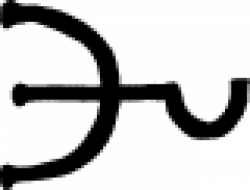 | Mix (alchemy) An alchemical symbol indicating the process of mixing. |
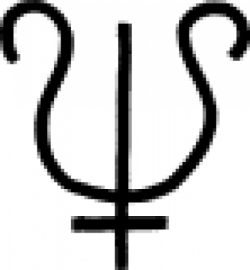 | Antimony (alternate #1) Resembling a cross between a lyre and a trident, this symbol is an alchemical marker for antimony. |
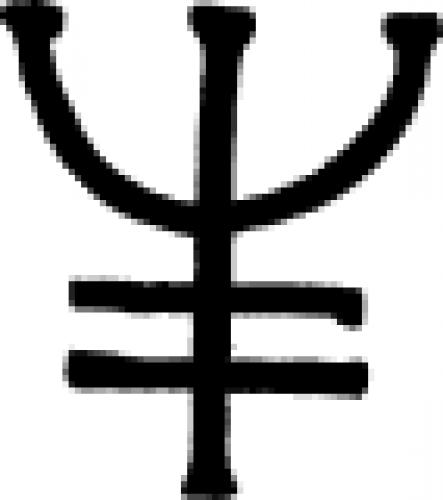 | Magnesia\Magnesium (alchemy) Resembling a trident, this sign is a 16th century chemical symbol for magnesia. |
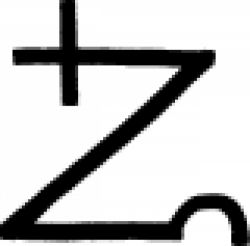 | Lime (alchemy) A symbol used to represent lime in early chemistry. |
 | Lime (alternate #1) An early chemical symbol indicating lime or limestone. |
 | Lime (alternate #2) An early chemical symbol indicating lime or limestone. |
 | Lime (alternate #4) Somewhat resembling a kidney, this symbol was used in early chemistry to represent lime. |
 | Steel (alternate #2) An early chemical symbol for steel. |
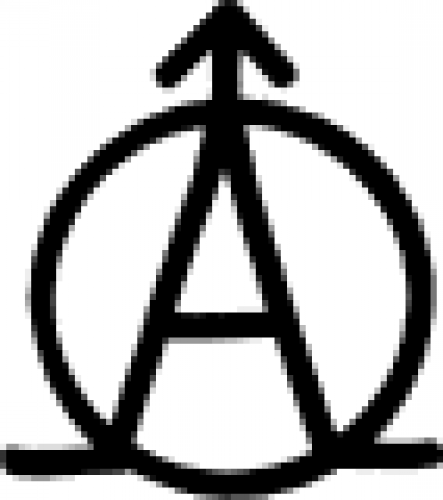 | Steel (alternate #3) Bearing a distinct resemblance to the anarchy logo, this is actually an early chemical symbol for the metal steel. |
 | Tin (alternate #5) An early chemical symbol indicating the metal tin. |
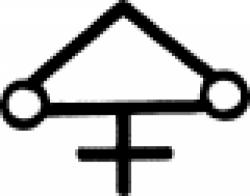 | Arsenic sulphate (alchemy) An alchemical and early chemical symbol for the compound arsenic sulphate. |

